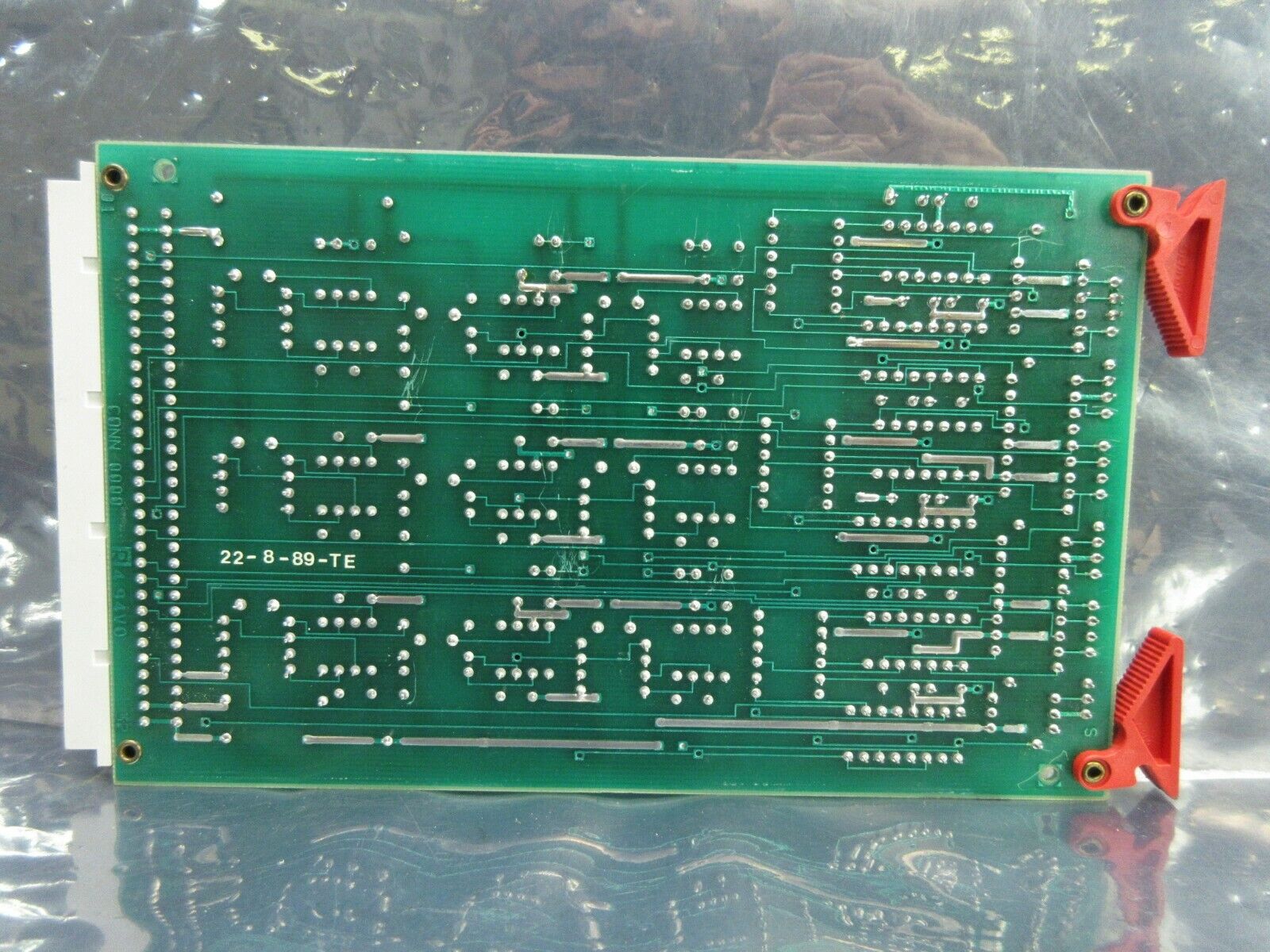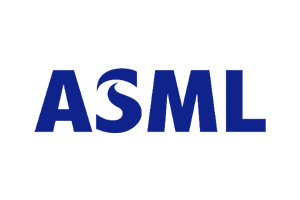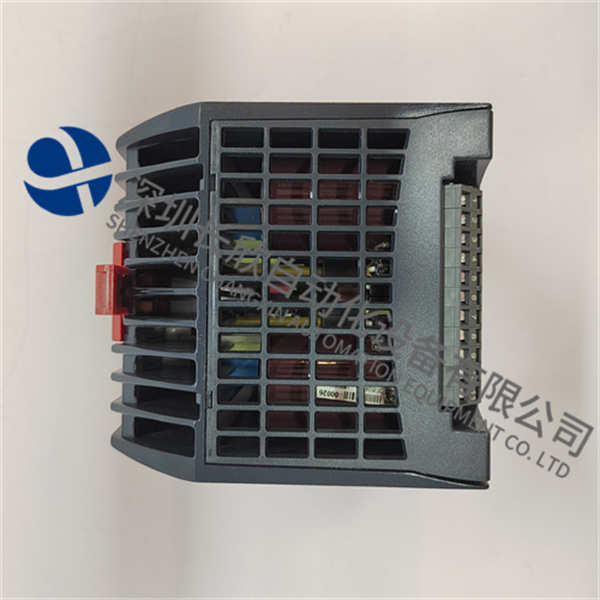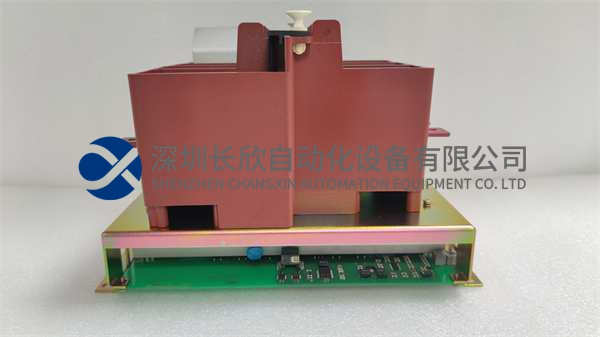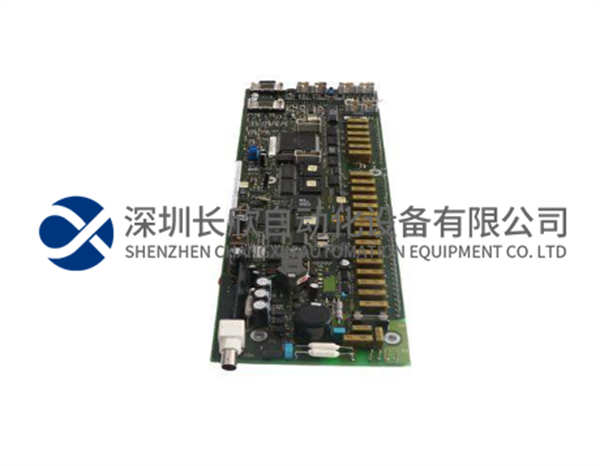描述
产品简要说明
ASML 4022.422.6423是ASML专为高数值孔径(High NA)极紫外(EUV)光刻机设计的光学矫正模块,核心特性包括:
亚埃级精度校准:采用自适应光学(AO)技术,波前畸变补偿精度≤0.02nm RMS。
多模态光场控制:支持动态调整光束偏振态与相位分布,光斑均匀性≥98%(13.5nm波段)。
极端环境耐受性:耐受真空环境(<1e-7 mbar)与高温辐射(1000℃局部耐受),材料应力变化≤0.005%。
产品详细说明
1.技术架构与核心功能
光学矫正系统:
集成变形镜(DM)与波前传感器(WFS),实现闭环实时校正,响应时间<1ms。
多层膜镀膜技术(Mo/Si/Mo)反射率≥98%(13.5nm波长),抗激光损伤阈值≥10^9 W/cm²。
环境自适应设计:
氦气冷却循环系统,镜面温度波动≤±0.02℃。
磁悬浮支撑结构,振动隔离效率≥99.9%(1Hz~1kHz频段)。
智能控制单元:
基于机器学习的波前预测模型,补偿效率提升30%。
PCIe Gen5接口支持与光刻机主控系统实时数据同步。
2.性能突破
图形投影精度:
最小特征尺寸(CD)控制精度≤0.5nm,良率提升至95%(3nm制程)。
能效优化:
热管理能耗降低40%,系统功耗≤200W(全功率模式)。
跨代兼容性:
支持ASML NXE:3800E(NA=0.33)至NXE:4500(NA=0.55)全系机型。
技术规格:ASML 4022.422.6423
参数项规格描述
工作波长13.5nm(EUV)
矫正精度波前畸变补偿≤0.02nm RMS
环境适应性真空耐受<1e-7 mbar,高温耐受1000℃(局部)
响应时间波前校正响应<1ms
接口类型PCIe Gen5×16(控制接口)+FC/PC光纤(光信号接口)
功耗≤200W(运行模式)
核心价值与性能亮点
1.High NA制程适配性
多光束协同校正:支持4束EUV光同步矫正,实现3D芯片结构的纳米级对准。
动态自补偿:内置环境扰动预测算法,单次补偿效率提升至98%。
2.全生命周期管理
模块化维护:变形镜与传感器可独立更换,维护时间≤8小时。
预测性维护:通过振动与温度数据建模,故障预警准确率≥97%。
3.行业领先兼容性
跨代平台适配:兼容ASML NXE:3800E至NXE:4500全系机型,支持未来0.75 NA升级路径。
工业4.0集成:支持OPC UA协议,实现与MES系统的实时数据交互。
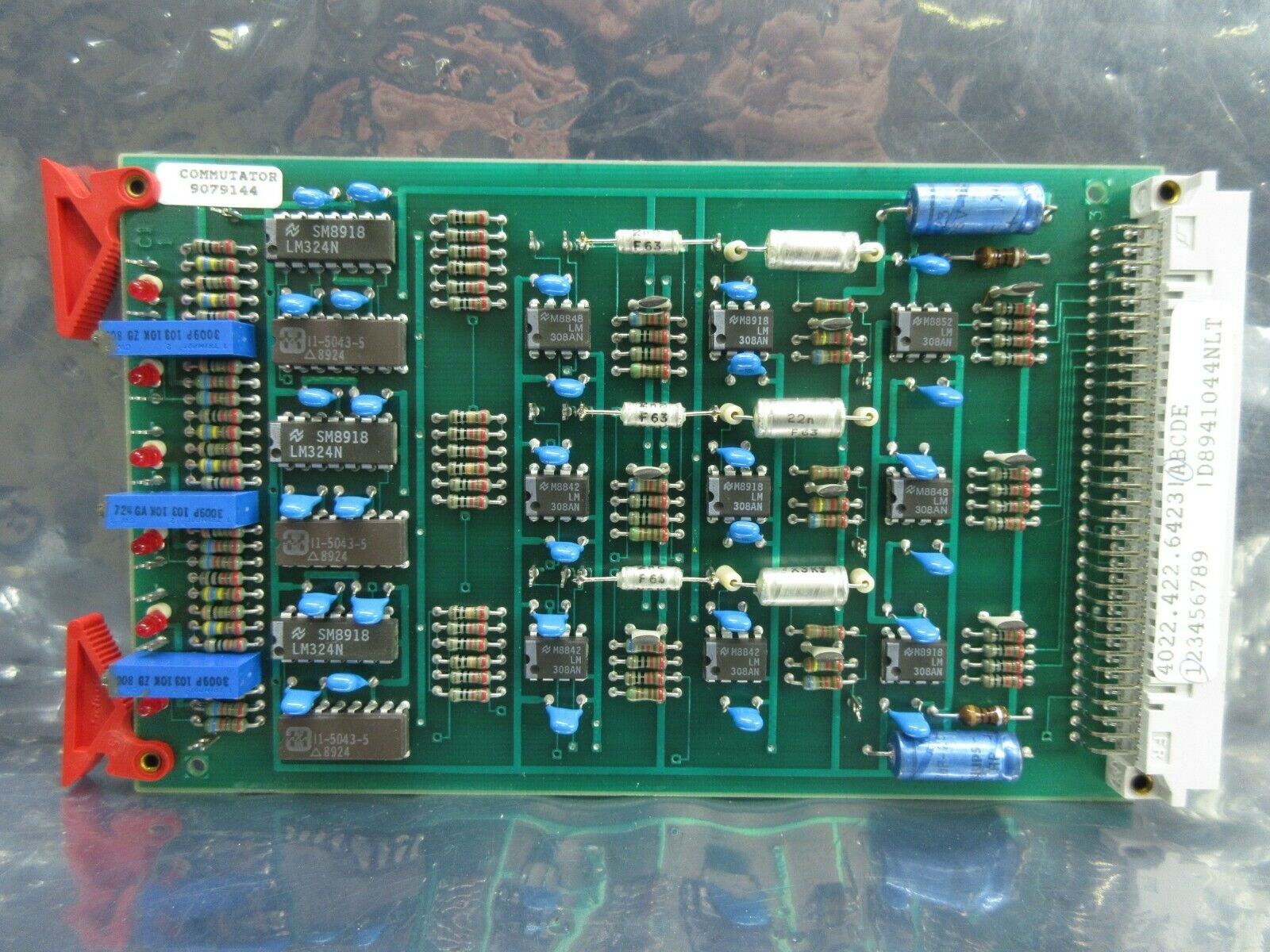
Product brief description
ASML 4022.422.6423 is an optical correction module designed by ASML for high numerical aperture(High NA)extreme ultraviolet(EUV)lithography machines.The core features include:
Subanger-Anglo-level accuracy calibration:Adaptive optical(AO)technology is used,and the wavefront distortion compensation accuracy is≤0.02nm RMS.
Multimodal light field control:supports dynamic adjustment of the polarization state and phase distribution of the beam,and the spot uniformity is≥98%(13.5nm band).
Extreme environmental tolerance:Tolerate vacuum environment(<1e-7 mbar)and high temperature radiation(local tolerance of 1000°C),material stress change≤0.005%.
Product details
1.Technical architecture and core functions
Optical correction system:
Integrated deforming mirror(DM)and wavefront sensor(WFS)to achieve closed-loop real-time correction,with a response time<1ms.
Multilayer film coating technology(Mo/Si/Mo)reflectivity≥98%(13.5nm wavelength),and anti-laser damage threshold≥10^9 W/cm².
Environmental adaptive design:
Helium cooling circulation system,mirror temperature fluctuation≤±0.02℃.
Magnetic levitation support structure,vibration isolation efficiency is≥99.9%(1Hz~1kHz frequency band).
Intelligent control unit:
The wavefront prediction model based on machine learning has increased compensation efficiency by 30%.
The PCIe Gen5 interface supports real-time data synchronization with the lithography machine master control system.
2.Performance breakthrough
Graphic projection accuracy:
The minimum feature size(CD)control accuracy is≤0.5nm,and the yield is increased to 95%(3nm process).
Energy efficiency optimization:
Thermal management energy consumption is reduced by 40%,and the system power consumption is≤200W(full power mode).
Cross-generation compatibility:
Supports all models from ASML NXE:3800E(NA=0.33)to NXE:4500(NA=0.55).
Technical specifications:ASML 4022.422.6423
Parameters Specification Description
Operating wavelength:13.5nm(EUV)
Correction accuracy Wavefront distortion compensation≤0.02nm RMS
Environmental adaptability Vacuum tolerance<1e-7 mbar,high temperature tolerance 1000℃(local)
Response time Wavefront correction response<1ms
Interface type PCIe Gen5×16(control interface)+FC/PC optical fiber(optical signal interface)
Power consumption≤200W(operating mode)
Core Valuesand Performance Highlights
1.High NA process adaptability
Multi-beam collaborative correction:supports 4-beam EUV light synchronous correction to achieve nano-scale alignment of 3D chip structures.
Dynamic self-compensation:built-in environmental disturbance prediction algorithm,and the single compensation efficiency is improved to 98%.
2.Full life cycle management
Modular maintenance:The deforming mirror and sensor can be replaced independently,and the maintenance time is≤8 hours.
Predictive maintenance:Through vibration and temperature data modeling,the fault warning accuracy is≥97%.
3.Industry-leading compatibility
Cross-generation platform adaptation:compatible with all ASML NXE:3800E to NXE:4500 models,and supports future 0.75 NA upgrade paths.
Industry 4.0 integration:supports OPC UA protocol to realize real-time data interaction with MES systems.

